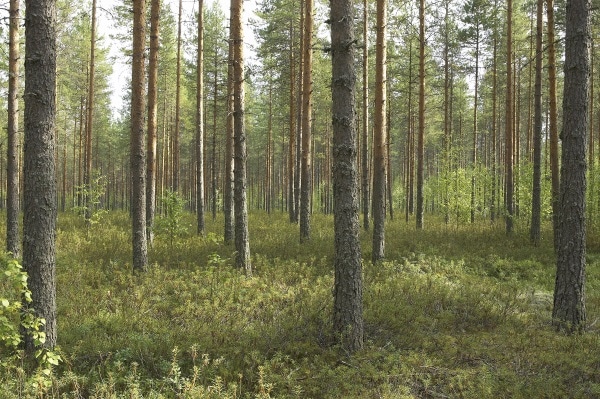Sep 27 2016
 Forest in Finland (Photo credit: Erkki_Oksanen_Luke Finland)
Forest in Finland (Photo credit: Erkki_Oksanen_Luke Finland)
The impact of soil - a major carbon pool - on climate change is yet to be completely understood. According to a new research, however, soil carbon stocks could be modeled more accurately by considering the impacts of both soil composition and soil nutrient status.
It is vital to establish the volume of CO2 efflux from soil to enable better choices in forest management in relation to curbing climate change.
Another important factor is knowledge of the extent and regional variation of soil carbon stocks. Exiting soil carbon stock estimations are erratic and it is hard to estimate the volume of CO2 efflux that is released from soil due to climate change.
The research, which was a joint venture of the Natural Resources Institute Finland (Luke), the Swedish University of Agricultural Sciences (SLU) and the Japanese Forestry and Forest Products Research Institute (FFPRI), focused on evaluating a Swedish soil carbon inventory data set and comparing actual soil carbon measurements to soil carbon models.
Limitations of soil carbon models
The research revealed that the models predicted exact soil carbon stock levels in mesotrophic and typical barren forests. However, the carbon stocks of fine and fertile soils were underestimated in the models.
The soil carbon stock predictions of the models primarily relied on the quality and quantity of the litter produced by vegetation. This directed the team to the conclusion that the models are incapable of predicting carbon stocks deeper within fine-grained and fertile soils.
Incorporating the long-term effects of carbon into the models would make them more accurate and allow us to predict the carbon cycle more reliably in the future.
Aleksi Lehtonen, Senior Research Scientist, Natural Resources Institute Finland